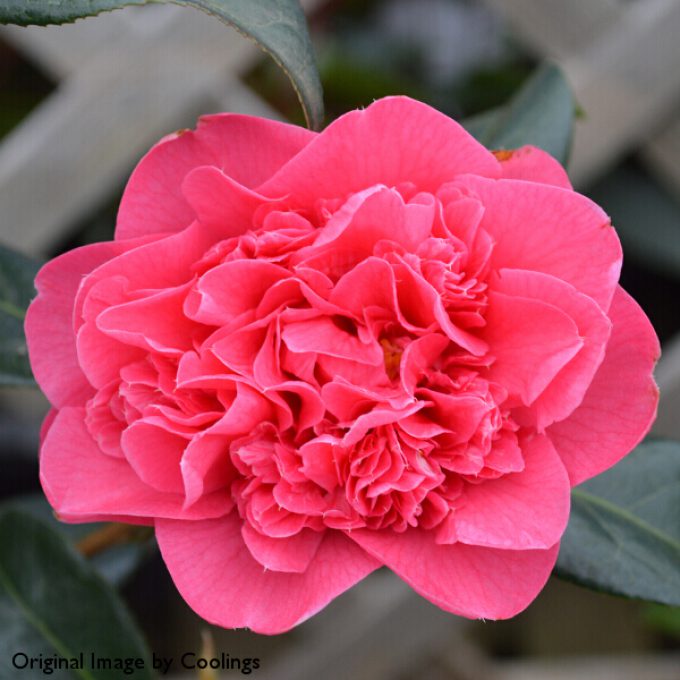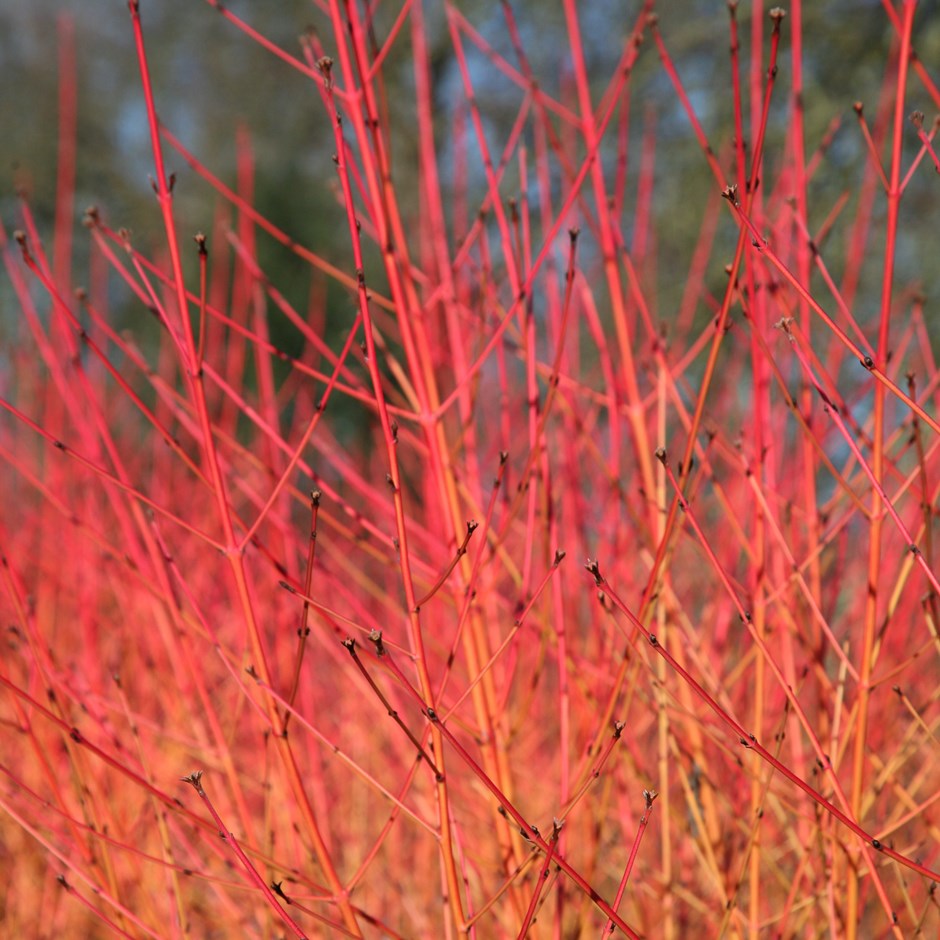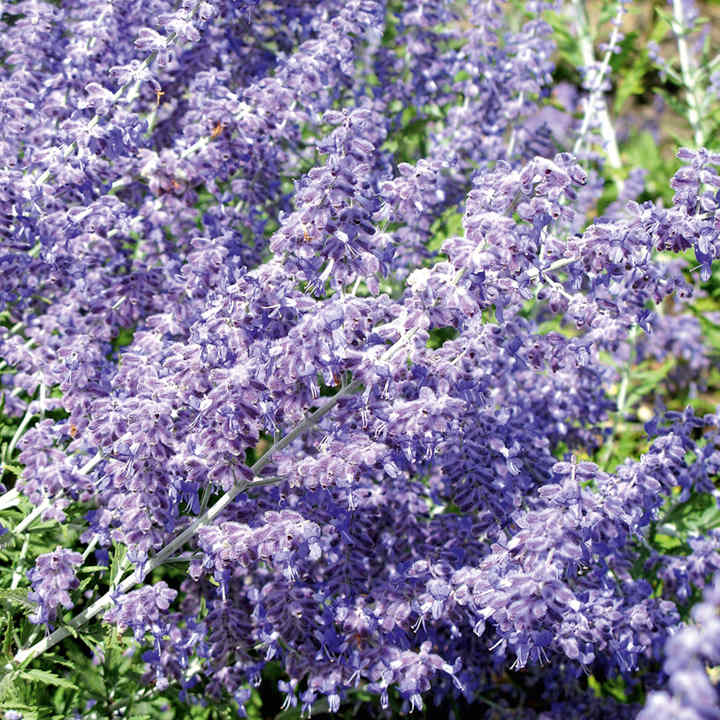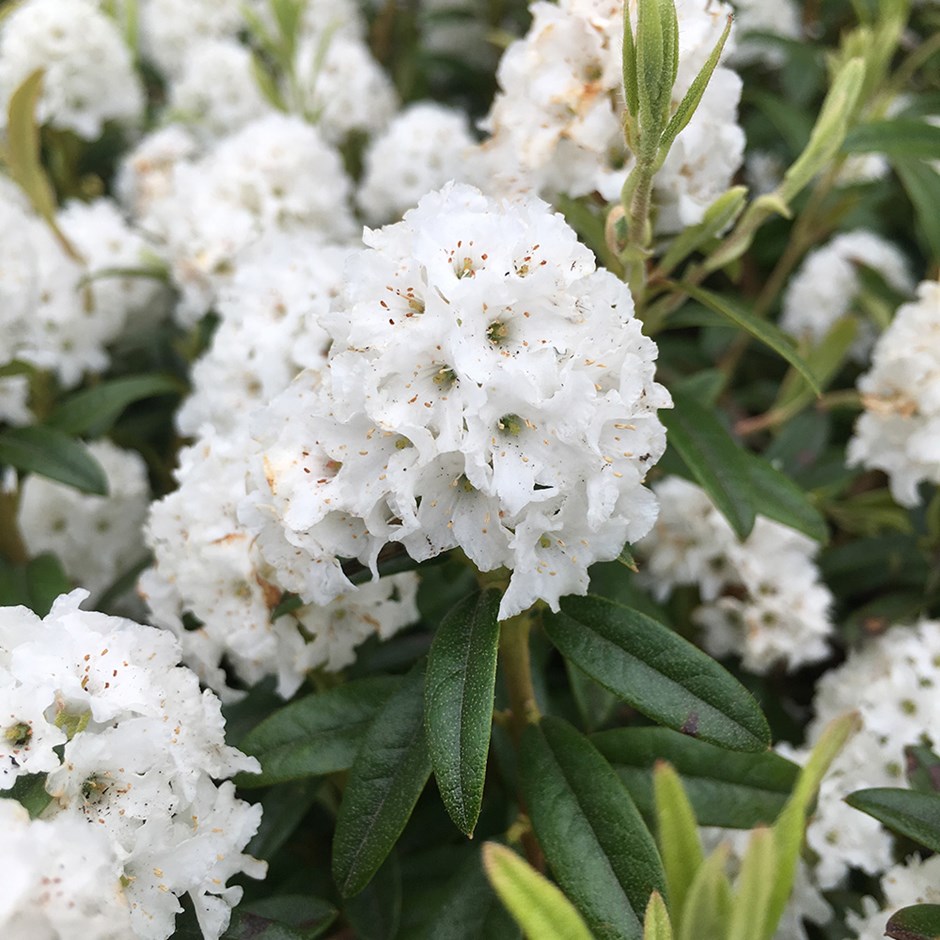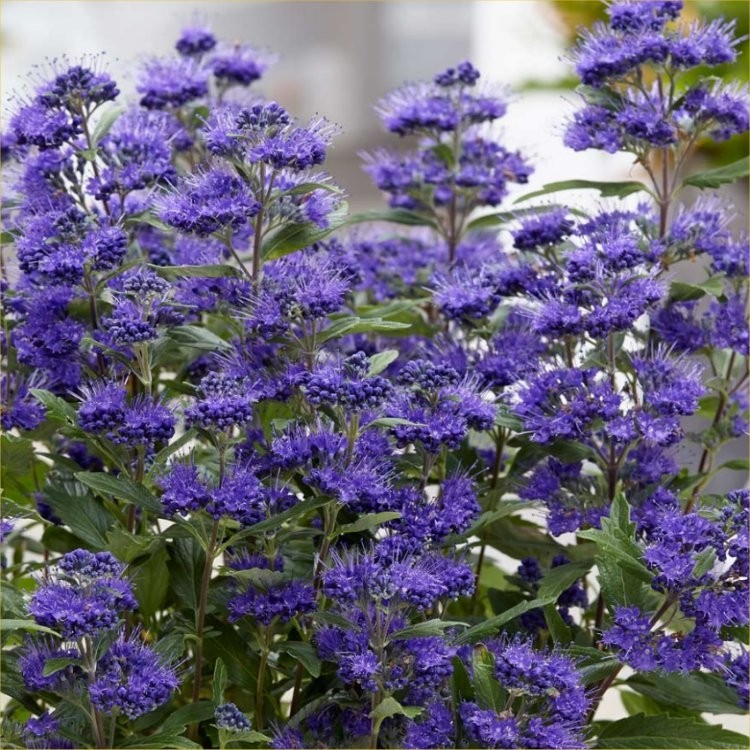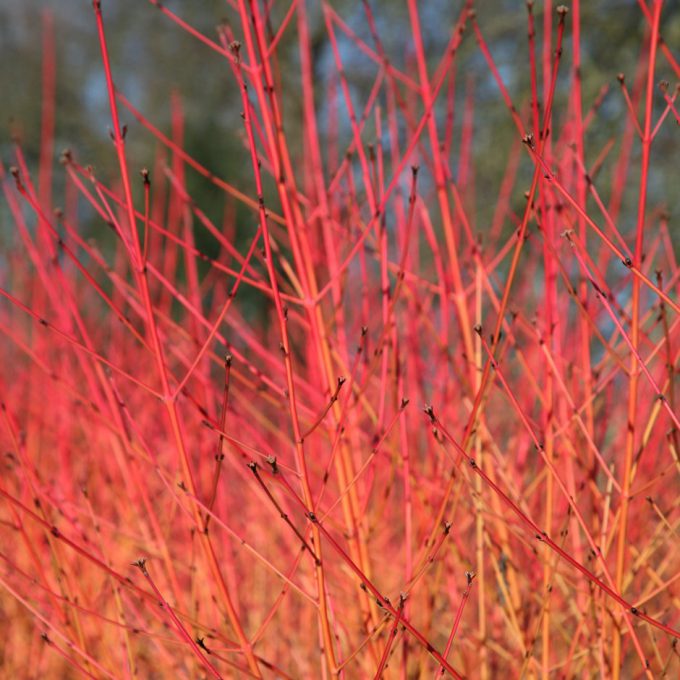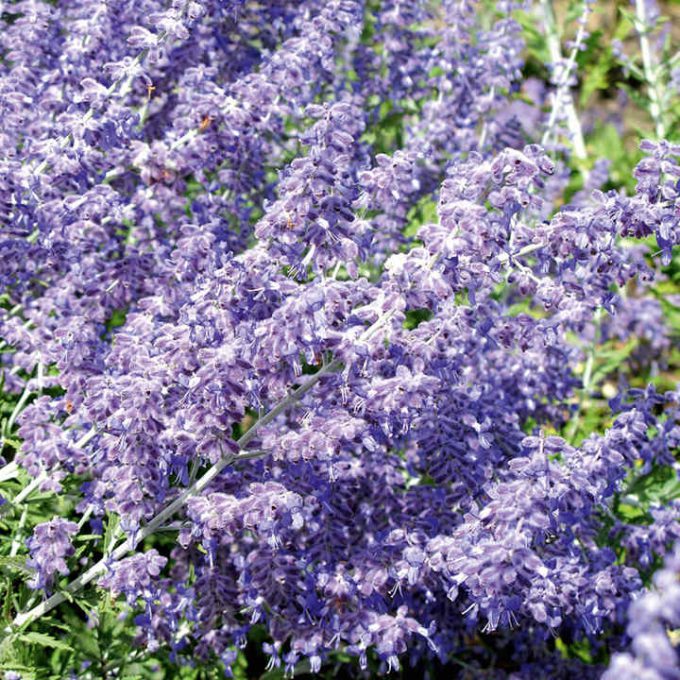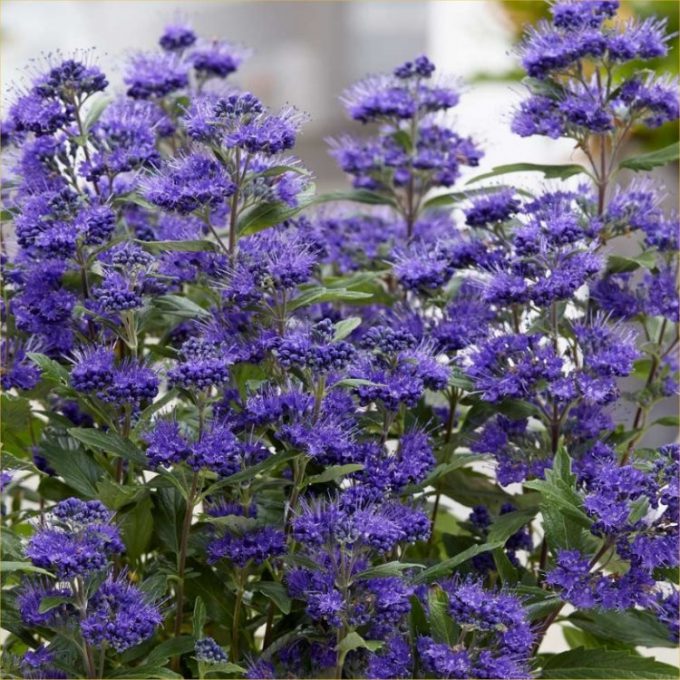Many people are unsure as to when you can prune plants. We hope that this short guide on pruning gives you an idea of where to start!
Generally, if you prune in the Winter months, you will be stimulating growth for the following Spring and Summer. If you Summer prune you are encouraging further flowering growth. This is especially noticeable in fruit trees and bushes. Evergreens such as Conifers or Laurels used as hedges, should also be pruned in Summer; this will help them to recover their shape before Winter arrives.
In late Winter, plants which are grown for their stem colours such as Cornus (Dogwood) are pruned hard, as this will encourage new brightly coloured stems to be produced. This is referred to as ‘stooling’ and when carried out on trees it is called ‘pollarding’. Trees that can be pollarded are Tilia (Lime), Eucalyptus and Quercus (Oak). Other plants that should be pruned hard in late Winter are Buddleja, Caryopteris, Perovskia, Romneya, Rubus (coloured bark varieties), Salix (coloured bark varieties) and Sambucus. When pruning your Camellia, Mahonia and Rhododendron it is best to leave them until after they have finished flowering, and when risk of frost has passed. If you prune these evergreens heavily then expect a year of little or no flowering until growth compensates.
After pruning, always remember to apply a good balanced fertiliser such as Vitax Q4. This will encourage healthy growth and flowers.
To buy the plants features in this article please visit our shop. If you require further advice please Contact Us.
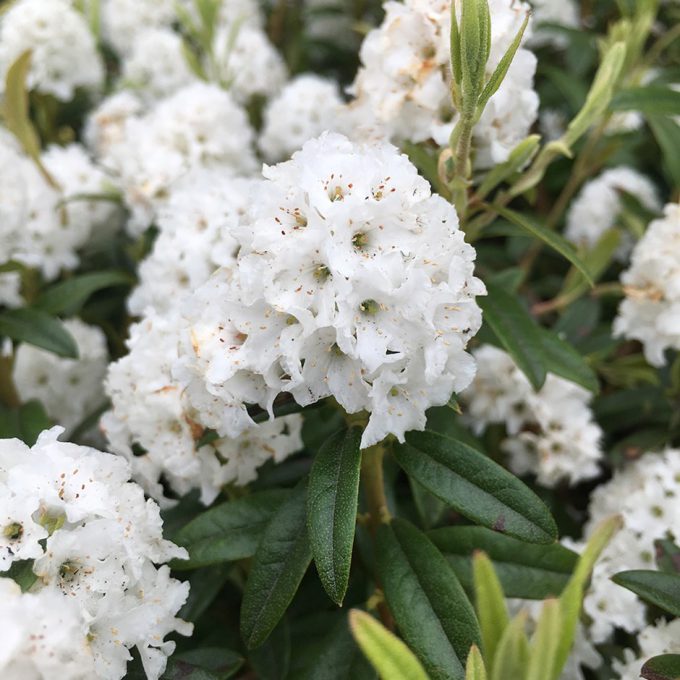

Rhododendron 'Arctic Tern' (Dwarf) 3L
£18.99
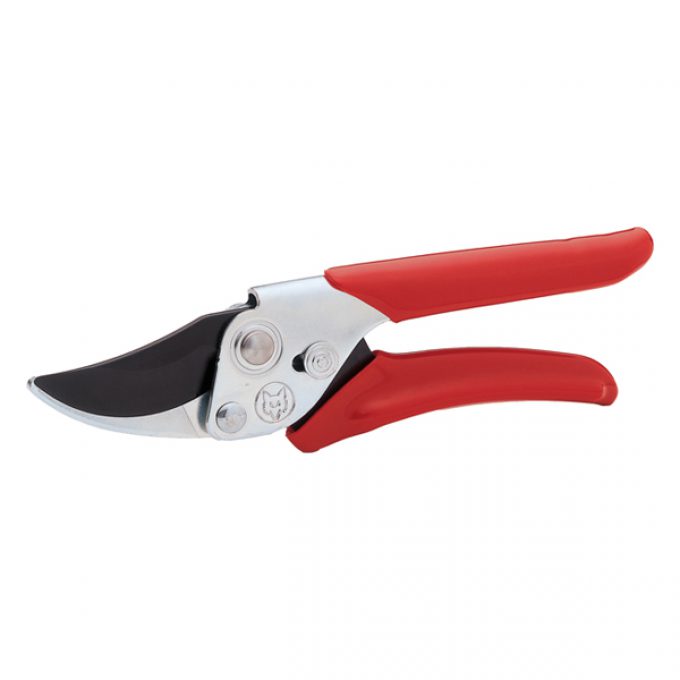

Wolf Secateur All Purpose
£12.99
